PREVIOUS
India - China Bilateral Relations (Part II)
November 2 , 2019
2256 days
7134
0
Visits of Heads of States/Heads of Governments
- Cumulative outcomes of the high-level visits have been transformational for our ties.
- During Prime Minister Atal Bihari Vajpayee’s visit in 2003, India and China signed a Declaration on Principles for Relations and Comprehensive Cooperation and also mutually decided to appoint Special Representatives (SRs) to explore the framework of a boundary settlement from the political perspective.
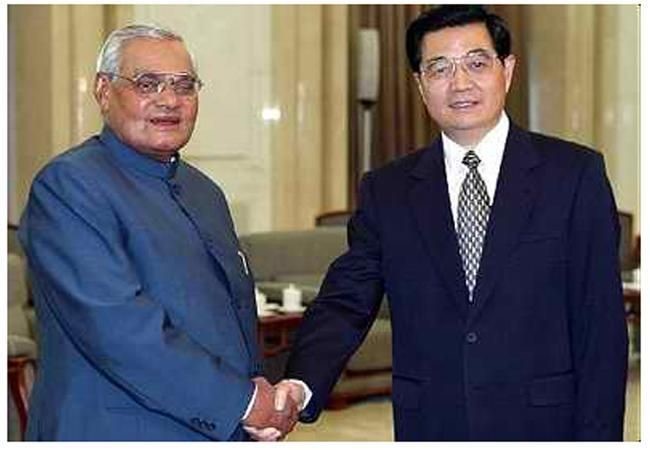
- During the State Visit of Chinese President Mr. Xi Jinping to India in September 2014, a total of 16 agreements were signed in various sectors including, commerce & trade, railways, space cooperation, pharmaceuticals, audio-visual coproduction, culture, establishment of industrial parks, sister-city arrangements etc.
- The two sides also signed a MoU to open an additional route for Kailash Mansarovar Yatra through Nathu La pass in Sikkim.
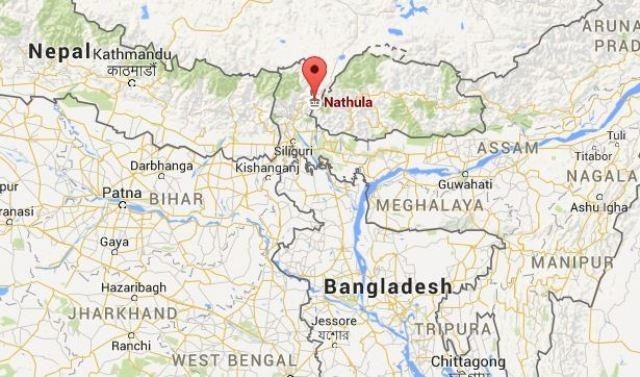
- The Chinese side agreed to establish two Chinese Industrial Parks in India and expressed their intention to enhance Chinese investment in India.
- Prime Minister Narendra Modi visited China in May 2015.
- Prime Minister also announced the extension of the e-visa facility to Chinese nationals wishing to travel to India.
- The momentum of meetings at the leadership level continued in 2016 too. President Pranab Mukherjee made a state visit to China from May 2016.
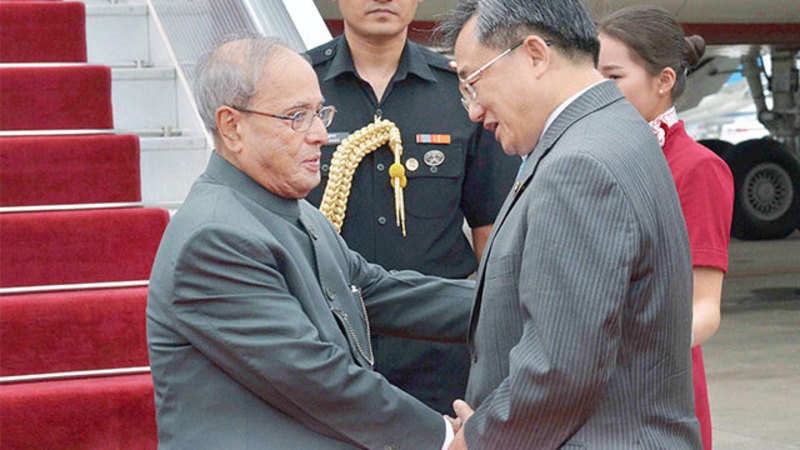
- Ten MoUs providing for enhanced faculty and student exchanges as well as collaboration in research and innovation were concluded between the higher education institutions of the two countries.
- Prime Minister Narendra Modi visited China in September 2016 to participate in the G20 Summit in Hangzhou and to participate in the BRICS Summit at Xiamen in September 2017, where he also held bilateral talks with President Xi Jinping.
- President Xi Jinping visited India in October 2016 to participate in the BRICS Summit in Goa.
- The two leaders also met along the side-lines of the SCO Heads of States Summit in Tashkent in June 2016 and in Astana in June 2017.
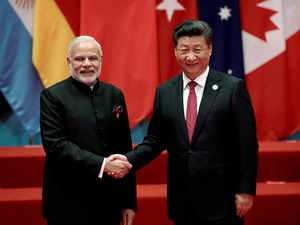
Commercial and Economic Relations
- The Trade and Economic Relationship between India and China has seen a rapid growth in the last few years.
- India’s top exports to China included diamonds, cotton yarn, iron ore, copper and organic chemicals.
- India was the second largest exporter of diamonds to China.
- India was the second largest exporter of cotton to China.
- India was the largest export destination of Fertilizers exports from China.
- India was the largest export destination for Chinese Antibiotics.
- India was the second largest export destination for Chinese organic chemicals.
- Seven Indian Banks have a branch of representative office in China.
- Chinese bank, ICBC has one branch in India in Mumbai.
Education Relations
- India and China signed Education Exchange Programme (EEP) in 2006, which is an umbrella agreement for educational cooperation between the two countries.
- Under this agreement, government scholarships are awarded to 25 students, by both sides, in recognized institutions of higher learning in each other’s country.
- The 25 scholarships awarded by India are offered by Indian Council for Cultural Relations (ICCR).
- 25 Chinese students have been selected to join Hindi language course for the academic year 2017-18 under EEP scholarship awarded by ICCR.
- BRICS Network University, where 12 universities from each of the 5 countries will engage with each other in education research and innovation, is another commendable initiative.
- Five areas of cooperation are prioritised which are Communication and IT, Economics, Climate Change, Water Resources and Pollution, and BRICS study.
- India will participate whole-heartedly in all these cooperative efforts.
- The Embassy maintains regular communication with MoE in China as well as all universities where there are a sizeable number of Indian students.
Informal summits
- The second “informal summit” between Prime Minister Narendra Modi and China’s President Xi Jinping began on October 11, 2019 at Mamallapuram, a town famously associated with Pallava rulers.
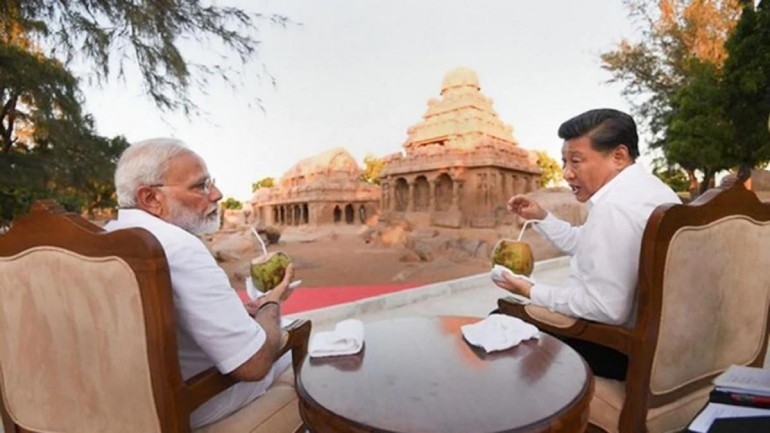
- Prime Minister Narendra Modi personally chose as the venue for his informal summit with Chinese President Xi Jinping considering China’s historical association with Pallava Kings.
- During the meeting, two leaders discussed bilateral, regional and global issues and shared ideas and perspectives for deepening India-China partnership.
- In April 2018, the first informal summit took place in Wuhan in the wake of the Doklam crisis.
- The Wuhan summit was critical in reducing the tensions between the two countries.
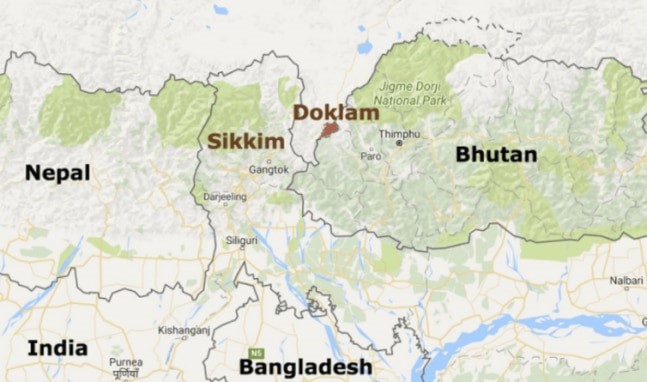
Key Takeaways of the Summit
- Peaceful Resolution of Disputes:
- Both Leaders shared the view that India and China share the common objective of working for a peaceful, secure and prosperous world.
- In this regard, both countries have decided that they would resolve their border disputes amicably and continue to work on additional Confidence Building Measures in pursuit of this objective.
- Common Stand Against Global Trade War:
- The Global Trade war initiated by USA has adversely affected the economic interests of both India and China.
- Common Stand against Terrorism:
- Both India and China have been victims of terrorism and extremism emanating from Af-Pak region, which is considered to be the epicentre of terrorism in the south Asia.
- Strengthening Civilizational Ties:
- India and China have decided to establish sister-state relations between Tamil Nadu and Fujian Province.
- The rationale behind the decision can be traced to the discovery of a 12th Century Tamil inscription in Quanzhou, an ancient port city in Fujian Province.
- India and China have also decided to explore the possibility of establishing an academy to study the links between Fujian province and Mamallapuram.
- Strengthening People to People Ties:
- To celebrate the 70th anniversary of diplomatic relations the two countries will organize 70 activities including a conference on a ship voyage that will trace the historical connect between the two civilizations.
- Enhancement of Bilateral Trade Relationship:
- India’s trade deficit with China stands at around $54 billion, which is almost one-third of its total trade deficit.
- Despite previous commitments by China to increase FDI into India, Chinese FDI into India stood at only around 0.52% of the cumulative FDI inflows into India.
- Taking the “Chennai Connect” Forward:
- Both the leaders have highlighted that the practice of Informal summits provide an important opportunity to deepen dialogue and to promote mutual understanding between the two countries.
- Keeping in line with the ‘Wuhan Spirit’ and the ‘Chennai Connect”, the practice of informal summits would continue in future.
- President Xi has invited Prime Minister Modi to visit China for the 3rd Informal Summit. Prime Minister Modi has accepted the invitation.
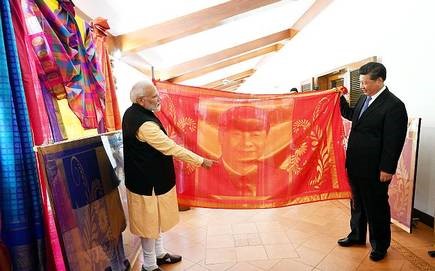
Conclusion
- India should help focus on small and pragmatic steps to narrow differences with China on bilateral issues especially the boundary dispute, trade deficit and the development of regional infrastructure.
- India and China are still in a tactical engagement, not in a strategic partnership. But it’s a tactical engagement with depth, not a short-term foreign policy adjustment.
- India must have a broader but a realist vision to expand the avenues of deep tactical engagement with a powerful China.
****************************
Leave a Reply
Your Comment is awaiting moderation.


